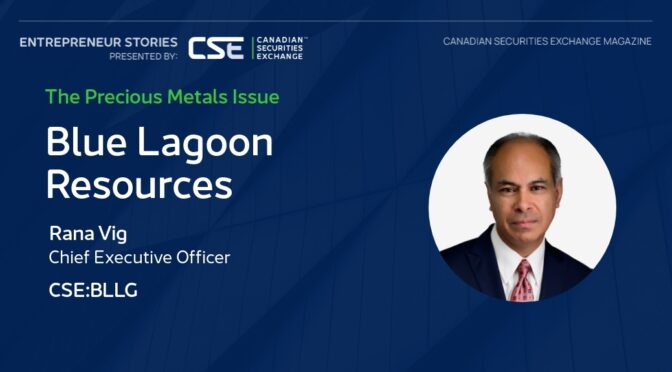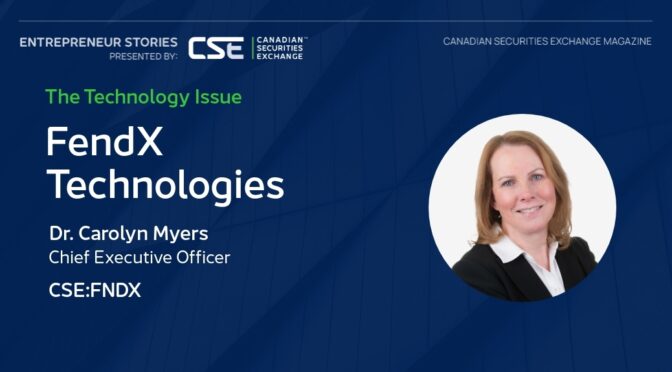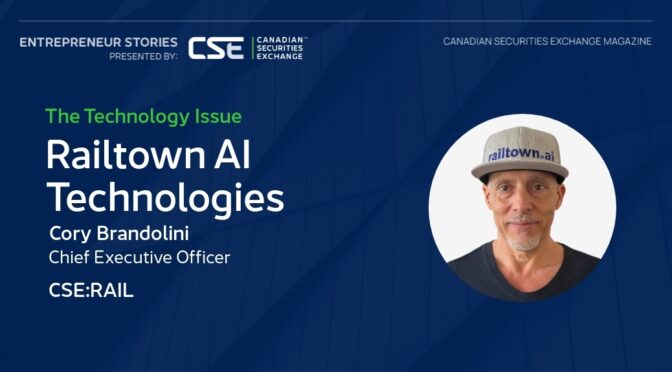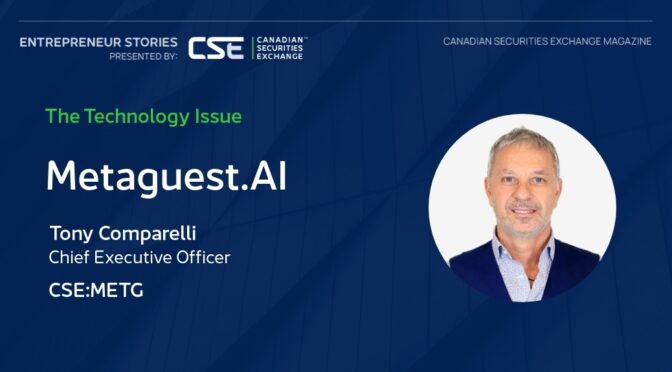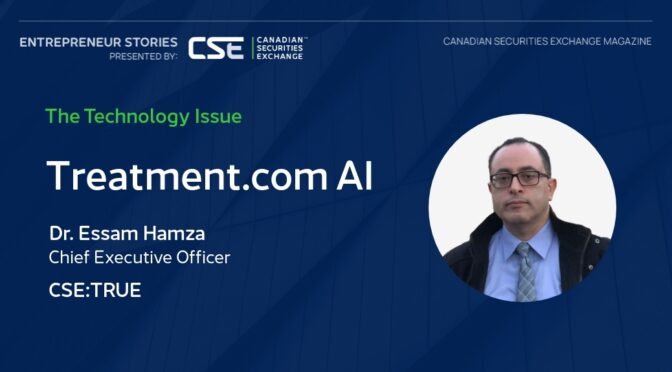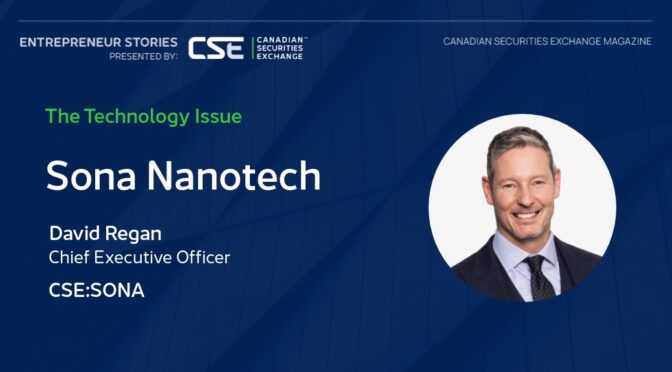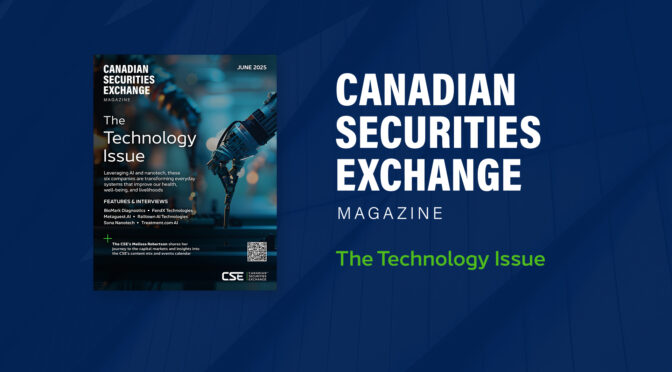It’s a good time to be in the gold exploration business, and even more so if you have projects in safe jurisdictions, given the current geopolitical environment. That said, exploration brings its fair share of challenges: you need a special combination of project quality, personnel, and the knack to create your own good fortune in order to come out on top.
From that perspective, Exploits Discovery (CSE:NFLD; OTCQB:NFLDF) seems built for success. Focusing on well-known mining districts in Eastern Canada and projects that have yielded some truly outstanding drill results, Exploits quickly put together an initial historical resource base and is advancing a plan to expand it in the shortest time possible.
With an accomplished team, healthy treasury, and the backing of one of the most successful investors in the history of mining, the future looks bright.
Exploits Discovery Chief Executive Officer Jeff Swinoga spoke with Canadian Securities Exchange Magazine about developments to date and where he sees the company going over the near and medium terms.
Let’s begin with an overview of your objectives at Exploits Discovery and where you stand with progress thus far.
Our goal is to build Exploits into a premier gold exploration company. We’ve transformed the company from having no gold ounces to a historical resource of nearly 700,000 ounces in under two months.
Exploits’ projects are located in three top-tier mining regions: Ontario, Québec, and Newfoundland. We’ve structured our portfolio to combine historic gold resources with meaningful exploration upside. The goal is to deliver sustained growth, long-term shareholder value, and leadership in the sector.
Having strong cash reserves and the discipline to carry out proper due diligence gave us the agility to seize these opportunities quickly.
Let’s begin our look at the projects with the Hawkins Gold Project in Ontario. Why is Hawkins exciting for your team?
Hawkins is a district-scale opportunity. We have an option to acquire 100% of the project, which sits on a 60-kilometre greenstone belt geologically similar to the Hemlo deposit. The Hemlo Mine is one of Canada’s most prolific, with over 21 million ounces of gold produced. Hawkins currently has a historic inferred resource of roughly 328,000 ounces at 1.65 grams per tonne gold, and mineralization is open along strike and at depth.
Our focus is on permitting, prospecting, stripping, and geophysical surveys that will enhance the understanding of several prospective areas and could lead to priority future drill targets and drilling to expand that resource. Current prospective areas include both east and west along strike of the historic McKinnon Zone and multiple locations that have reported historic gold showings.
You’re also active in Québec. What’s the strategy there?
Québec offers both scale and flexibility. We have three drill-ready properties: Benoist, Wilson, and Fenton. All are located in established mining districts with excellent infrastructure.
At Benoist, we’ve got two gold zones with historic indicated resources of around 134,400 ounces at 2.87 grams per tonne gold and inferred resources of 107,000 ounces at 2.3 grams per tonne. That project alone has room to grow.
Wilson, just 15 kilometres from Benoist, covers 1,750 hectares and hosts three known gold zones. Previous drilling traced mineralization over 700 metres of strike, 350 metres of width, and 300 metres of depth with some historic intercepts up to 43.3 grams per tonne gold.
Fenton is a high-grade story. We’re looking at 12 gold zones across 671 hectares, with a non-compliant historical estimate of 426,173 tonnes grading 4.66 grams per tonne gold. One standout result showed 356 grams per tonne gold over narrow widths. We’re progressing through permitting and lining up trenching, sampling, and geophysical work ahead of drilling.
And in Newfoundland?
We’ve secured 100% owned claims along the Appleton Fault Zone and Dog Bay Line, right next to New Found Gold’s recent 2-million-ounce discovery. It’s a very strategic position we have created.
We’ve already identified two zones with high-grade assays. Horseshoe returned 38.2 grams per tonne gold over 2.8 metres, and Saddle yielded 67.55 grams per tonne gold over 3.3 metres with visible gold. Our regional till sampling shows gold grain counts well above background levels, highlighting strong discovery potential.
What’s ahead for the second half of 2025?
On each of our properties, we’re advancing permitting, prospecting, stripping, and geophysical surveys that will enhance the understanding of several prospective areas and could lead to priority future drill targets. We will also be preparing drill programs at our highest-priority targets. The plan is to deliver drilling results later this summer or early autumn. Those results will feed into updated resource estimates.
We’re also evaluating joint ventures for non-core assets to sharpen our focus on the highest-grade opportunities.
What sets Exploits Discovery apart in a crowded junior mining space?
It comes down to four things: scale, location, financial flexibility, and upside.
We have a combined historical resource base of approximately 680,000 ounces of gold across four projects in some of Canada’s top-tier mining jurisdictions, including Ontario and Québec. All of our assets are in established structural gold belts with strong infrastructure and a history of production. This gives us a de-risked, geographically diverse foundation.
As I said earlier, and this should never be underestimated, we’re also well-funded and we’re positioned to move quickly on opportunities. That strength allowed us to secure multiple high-quality projects in a matter of weeks.
Another key point is our valuation. We’re currently trading at around $6 per ounce of gold in the ground, while peers typically trade between $40 and $50 per ounce. And there’s multiple potential re-rating catalysts ahead, including drill results and possible resource updates.
And finally, the upside. All of our projects are open at depth and along strike, with multiple drill-ready targets. Our plan is straightforward: build ounces, expand resources, and unlock value. Whether that’s through organic growth, joint ventures, or strategic combinations, we’re structurally set up to grow.
Exploits has a well-known backer in Eric Sprott. What does that mean for the company?
Eric Sprott owning 14% of our shares is a strong vote of confidence in our team, our strategy, and our assets. His involvement signals to the market that we’re building something with real potential.
Tell us a bit about yourself and the team.
I’ve spent about 27 years in mining, starting at Barrick Gold, then moving on to CFO roles at Hudbay Minerals and North American Palladium. I also served as CEO at First Mining Gold and was the national mining leader at EY. I’ve worked on projects all over the world, from Argentina and Ghana to Mexico and Canada.
Shanda Kilborn, who leads corporate development and investor relations, has nearly two decades of experience with junior miners, including Abitibi Royalties. Our technical advisor, Dr. Natalie Pietrzak-Renaud, brings over 20 years of multi-commodity exploration experience across gold, rare earth elements, diamonds, and base metals. She holds a PhD in Geology from Western University and is a registered professional geoscientist in Ontario, the Northwest Territories, and Nunavut.
What’s the long-term outlook for Exploits Discovery?
It’s simple. We are focused on growing ounces and improving grade, new potential acquisitions, and new gold discoveries.
As I said at the start, we have established a solid foundation to grow our company for the benefit of our shareholders.
This story was featured in Canadian Securities Exchange Magazine.
Learn more about Exploits Discovery at https://www.exploitsdiscovery.com/.


